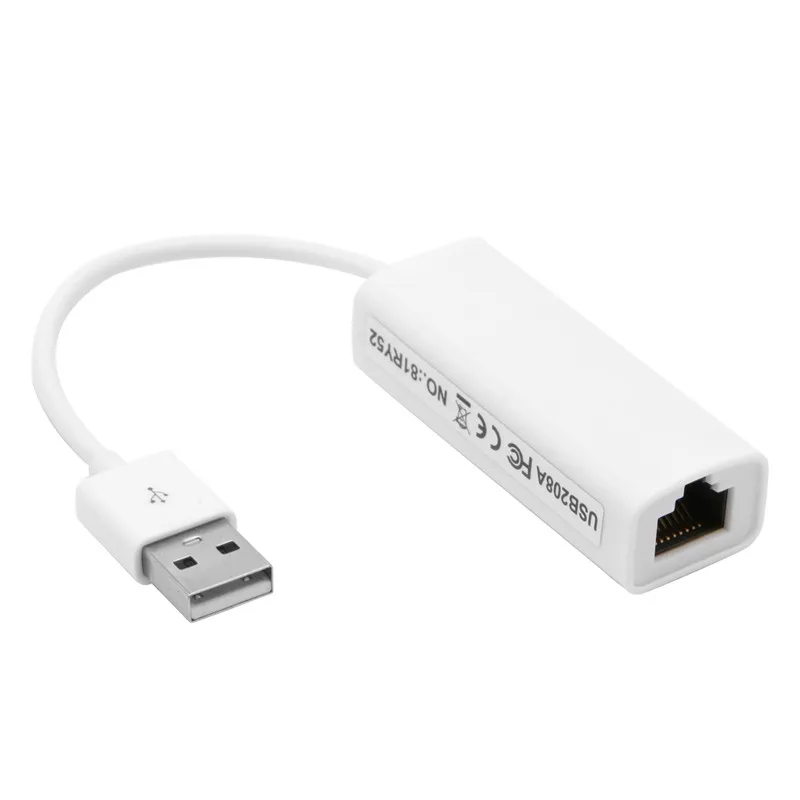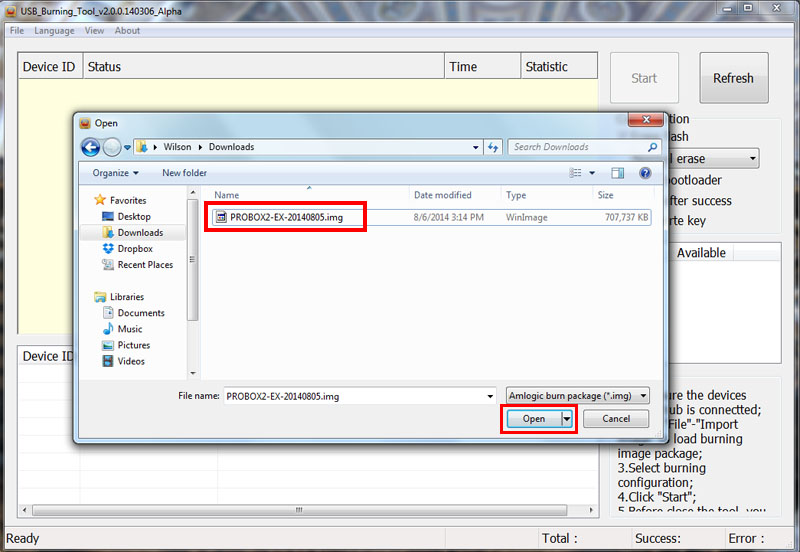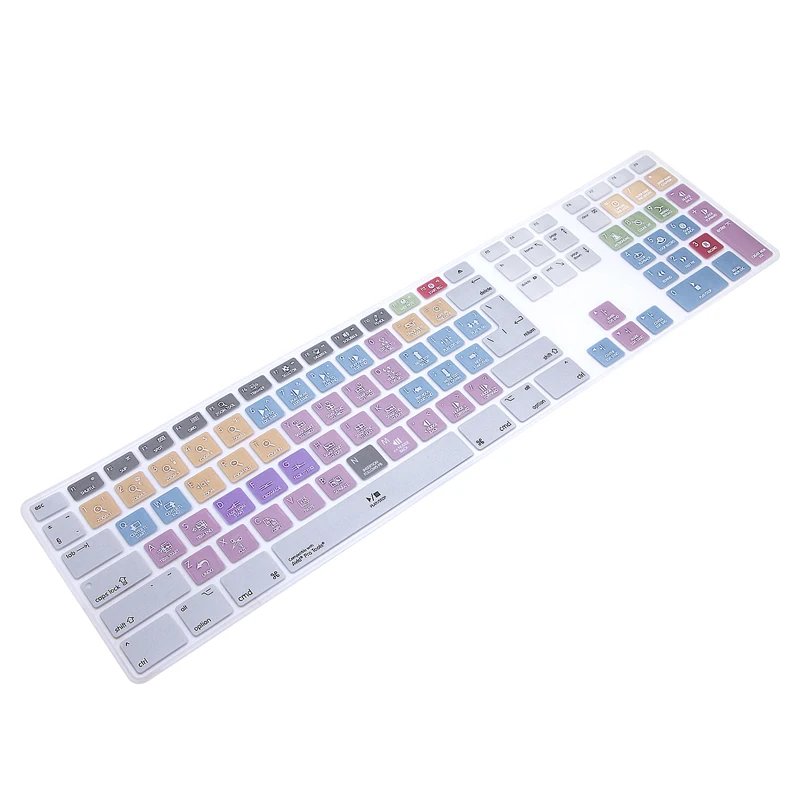Usb Tools For Mac
Looking for the best ISO to USB burner for Mac? It's possible, but ISO is not native file type in Mac OS X or macOS environment, so you need to use workaround methods or employ a third-party ISO burning utility for Mac to get this done. This article covers three ways to burn ISO to USB stick on a Mac computer, powered by macOS Mojave, High Serria and earier Mac OS X systems.
The first thing you need to know is that you can't use an ISO disk image file on a Mac, since Apple primarily uses the DMG format. However, if you merely want to burn it to a disk, that's definitely possible. The only thing you can't do is run an ISO file on an Apple computer. Let's look at the various ways to burn ISO to USB on a Mac machine.
Part 1: How to Burn ISO to USB With Mac Terminal Software
Terminal is Apple's command line equivalent of Command Prompt in Windows and Terminal in Linux. Using this command line utility, you can burn an ISO file to an external DVD or USB disk. If you did not t have any experience with text command, then this is not recommended because it is too risky to damage the local disk with wrong input. Terminal allows you to do several system-level operations, so don't input anything other than the commands specified in the process outline shown below:
NO.1 USB drive formatting software for Mac – DoYourData Super Eraser. DoYourData Super Eraser. While bootable copies are best made on internal SSDs and HDDs, they can also be made from USB drives. Whether external HDDs or solid-state chip storage, you can use a compatible USB drive to install macOS. Related: How to Create a macOS Bootable Installer. Installing macOS on a USB Drive. Format your USB drive as APFS or JHFS+.
Step 1: Click Terminal icon from the Dock. Or Go to the Applications folder on Mac and find the Terminal app in Utilities folder.
Step 2: Copy the ISO file in a convenient location so your command doesn't have to be too long. Saving it to desktop or downloads folder is usually a good idea. Make sure you remember the name of the ISO file because it will be used in the command.
Step 3: If your ISO file is in your Desktop, then run the following command (press Enter after typing the command): cd desktop
Step 4: Now run the following command (hit Enter after typing): hdiutil burn filename.iso

Step 5: Once you run the command, your ISO file will be burned to the USB drive in your default optical drive. If you haven't inserted a disk, you will be prompted to do so. There is no need to run the command again after inserting the USB.
Cons:
- Dangerous and not safe for beginners .
- Sharp learning curve.
- Bad support for USB 2.0 device.
- USB not bootable.
If you want to avoid any kind of command line work and if you're running one of the newer versions of macOS, then it's better to use a third-party software like the one described in Part 2 below.
Part 2: Easily Burn ISO to USB on Mac via UUByte Software (Bootable USB Creator)
Sofware being powered by a graphics user interface are always welcomed because of user friendly operation. So the second suggestion in here is UUByte ISO burner software called ISO Editor for Mac. It is popularly regarded as the best ISO burning software for Mac. It allows you to burn, extract, edit, copy and create ISO almost as if it was a native file format on Mac. The utility has been fully tested on a wide range of storage media brands as well as all versions of macOS and Mac OS X.
The biggest advantage is that you do not need any technical expertise whatsoever to use this software. It is highly intuitive, and in a matter of minutes you can burn your ISO to USB or DVD. More importantly, the USB is bootable in default. This flexibility makes it the most user-friendly Mac app for handling ISO disk images in a number of ways. The next section shows you how to easily and quickly burn any ISO file to a disk or drive to create bootable USB on your Mac.
Key Features of ISO Editor for Mac
- Designed by great UI.
- Powerful Burning options.
- Able to make bootable USB or DVD.
- Support the latest macOS Mojave and High Serria.
- Include other useful ISO tools such as edit, extract and create.


Step 1: Download UUByte ISO Burner for Mac

Download and install ISO Editor for Mac to your computer and launch the program. Click on the Burn module on the first page, which will take you to the ISO burning utility.
Step 2: Insert USB Drive on Mac and Import ISO Image
Insert a USB flash drive into your Mac. Select the ISO file to be burned to the media. If you want a different partition style or file system, make those changes on this page. If you don't know what they mean, leave them in default mode.
Step 3: Start Burning ISO to USB on Mac
Click Burn and the ISO file will be burned to USB drive in around 5 minutes. Please wait and be patient. Make sure the computer not going into sleep mode during the burning process.
UUByte ISO Editor for Mac boasts a 95% burn success rate, so no wasted disks or wasted time when you use this software. The software's reliability, flexibility and speed have made this the go-to Mac application for handling ISO disk image files.
Part 3: Disk Utility - The Default ISO to USB Buner (Solid for Old Macs)
Disk Utility is a built-in tool that comes with Mac OS X and macOS. Using this function, you can easily burn your ISO to a disk after mounting it. Disk Utility is primarily meant to view and repair hard drives and other drives, but also has added functionality. Follow the process below to get your ISO burned to a writable DVD or CD.
Step 1: Go to the Applications folder using Finder or by clicking the shortcut on the bottom right of your screen. From there, go into the Utilities folder and click on Disk Utility to launch the app.
Step 2: Open your ISO file and mount it as a virtual drive. This is done automatically when you click on File >Open Disk Image… in the top menu.
Step 3: When you see your ISO file in the left panel, that means it was mounted properly. You can now insert an USB and click on the Burn option to burn the target ISO file to the USB drive.
This method is only meant for OS X 10.10 and earlier versions. With Mac OS X 10.11 El Capitan, Apple removed the ability to burn ISO to a USB. If you have one of these higher versions, you can try the above methods.
Summary
To be honest, Burning ISO to USB was not challenging at all on Mac in the past. But the situation was changed since the release of macOS. Many apps was not supported or updated to Mojave or High Serria. So for the new Mac computer, UUByte ISO Editor is the best option out there in 2019.
Traditionally, bootable images have been stored in floppy and CD disks. However, we have experienced tremendous progress in technology, and there have been a lot of improvement. Presently, the majority of the devices available do not have slots for such media, and thus it is important to match up to the technology. To be able to install a bootable software, you will need to have a USB bootable software and here are some of the best.
Related:

Rufus
Rufus is a USB bootable software that presents the users with an easy way of creating bootable USB drives and it is free to use and distribute. The software supports multiple languages and can run on all versions of Windows starting from XP. This is both in the 32 and 64 bit systems.
Win Setup From USB
WinSetupFromUSB is a great Windows application that allows users to create bootable USB drives. The software is designed to work on the Windows OS though it has the ability to make bootable images for the others platforms and program. The software is easy to use and greatly convenience.
Other Platforms
With the majority of the software in this category, you can be able to create bootable drives for various applications and even for different operating systems. However, it is important to make a consideration on the platform that the software will be riding on.
Xboot – Multiboot ISO USB Creator
Windows USB/DVD Download Tool is the ultimate software for creating USB bootable drives on the Windows platform. To be able to use the software, your PC will need to have an installed the .NET framework which is also free and easy to install.
USB/DVD Download Tool for Windows
Windows USB/DVD Download Tool is the ultimate software for creating USB bootable drives on the Windows platform. To be able to use the software, your PC will need to have an installed the .NET framework which is also free and easy to install.
UNetbootin for Mac
Usb Boot Program For Mac
UNetbootin is an App that will let you create a bootable USB drive for Ubuntu and other Linux variations on your Mac machine. With this, the process of creating live USB is easy and by convenient from the graphics based interface and a step by step approach.
Universal USB Installer for Linux
Universal USB Installer is abbreviated as UUI and is a simple and easy to use application that is used in creating different Linux live USB drives. The software deeply relies on its simplicity and the interactive interface to ensure that virtually anyone can be able to run the application.
Most Population Software for 2016 – Zotac WinUSB
Zotac WinUSB is a leading USB bootable software. The software is the free and open source and is extremely lightweight at under 1 MB. With this, you enjoy, fastest file copy from directory or file using a dedicated memory stream allocation, Drag, and Drop based for all the functions that need to user data. It is compatible with all DPI scales (100% +). You can also see USB Security Software
What is USB Bootable Software?
A USB bootable software is a computer program that enables the users to create bootable or live USB drives. Essentially, the role of the software in this category is to load the OS in the USB drive and in a manner that can be deployed directly by the BIOS. They offer great functionalities as they eliminate the need to have disk drives deployed most of which are smaller than most recent OS. You can also see USB Port Lock Software
At the same time, a considerable number of the modern computers don’t come with a disk drive and thus greatly depend on them.USB drives are highly preferred due to their small size and the fact that they can be reused for different applications. When it comes to creating bootable drives, they are the ultimate choice and the software that we have discussed above could be of great help.
Usb Burning Tools For Mac
Related Posts
